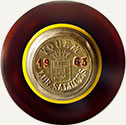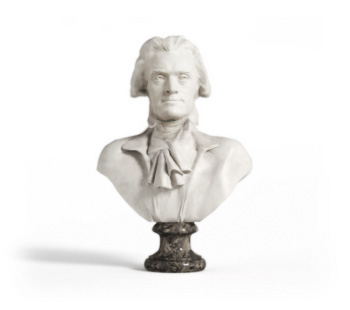


Château D'Yquem
1913

The growing season got off to a slow start. Frost damage was avoided on the 14th of April thanks to smudge pots, but hail and coulure limited production. Noble rot set in mid-September and, subsequent to a sprinkling of rain, two passes brought in a small quantity of very concentrated grapes during the dry period lasting from 22 to 29/9. Then 74 mm of rain fell from 2 to 9/10. Sugar levels did not rise above 17° from this point on.
Print



